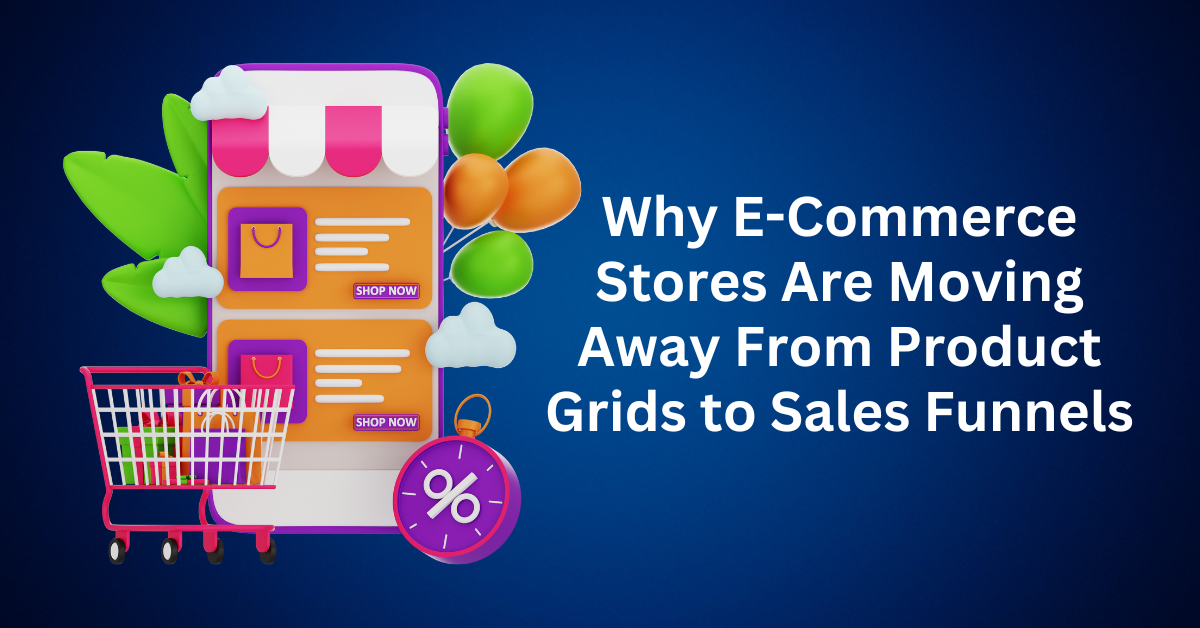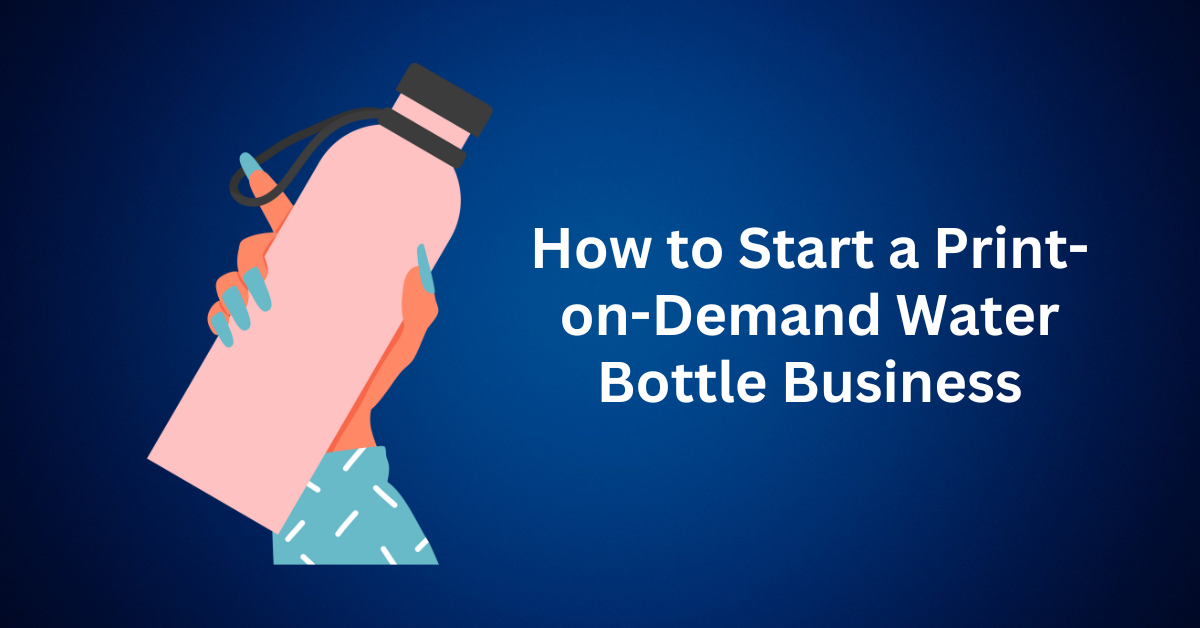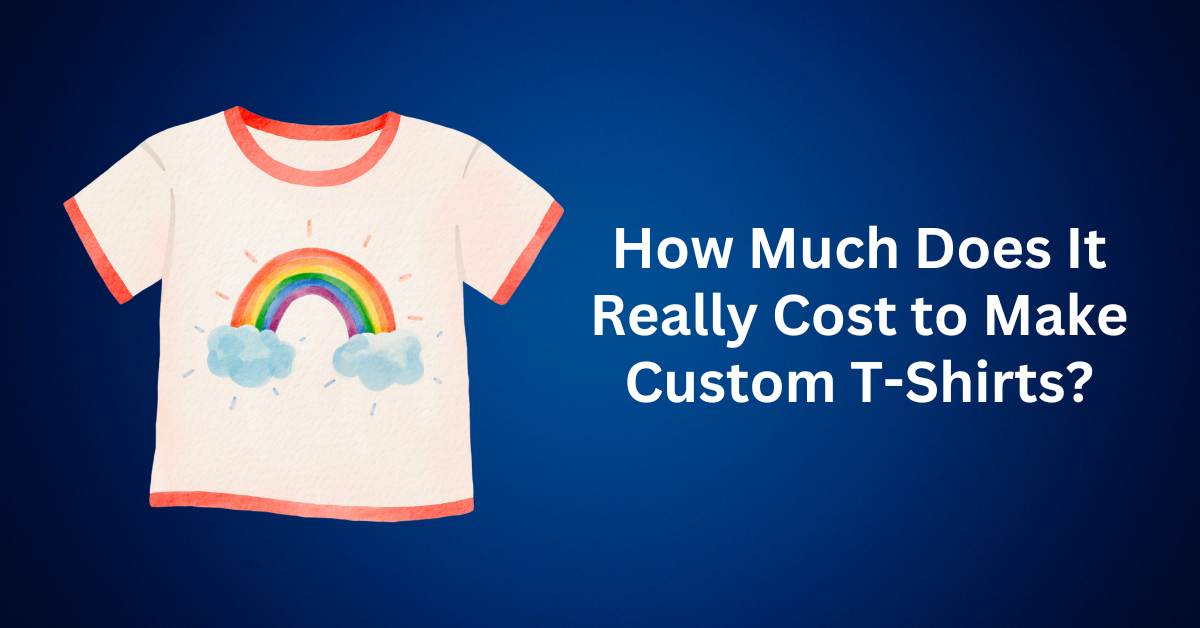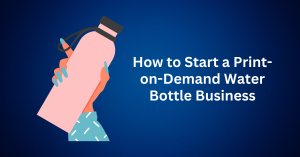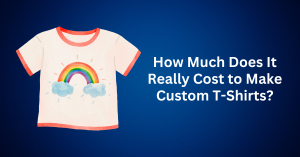When e-commerce first emerged, most online stores followed the same simple formula: a homepage, a navigation menu, and neat rows of products displayed in grids. Back then, it worked. Shoppers enjoyed browsing digital catalogs, comparing options, and taking their time to explore. This is exactly where the traditional product grid falls short and where sales funnels step in to transform the shopping experience.
Fast forward to today, and customer behavior has shifted dramatically. Modern buyers don’t want to scroll endlessly through pages of products. They expect instant relevance, personalized suggestions, and a seamless buying journey.
Table of Contents
ToggleThe Problem With Product Grids
A product grid is the classic display of dozens, or even hundreds, of items across a page. While it seems efficient, research shows that too many options actually create decision fatigue.
Here’s what happens:
- Customers land on your store.
- They see rows upon rows of products.
- Instead of feeling excited, they feel overwhelmed.
- In many cases, they leave without buying anything.
This isn’t just theory. Studies in consumer psychology consistently prove that too much choice reduces conversions. In other words, when customers face a sea of options, they don’t buy more. They buy less.
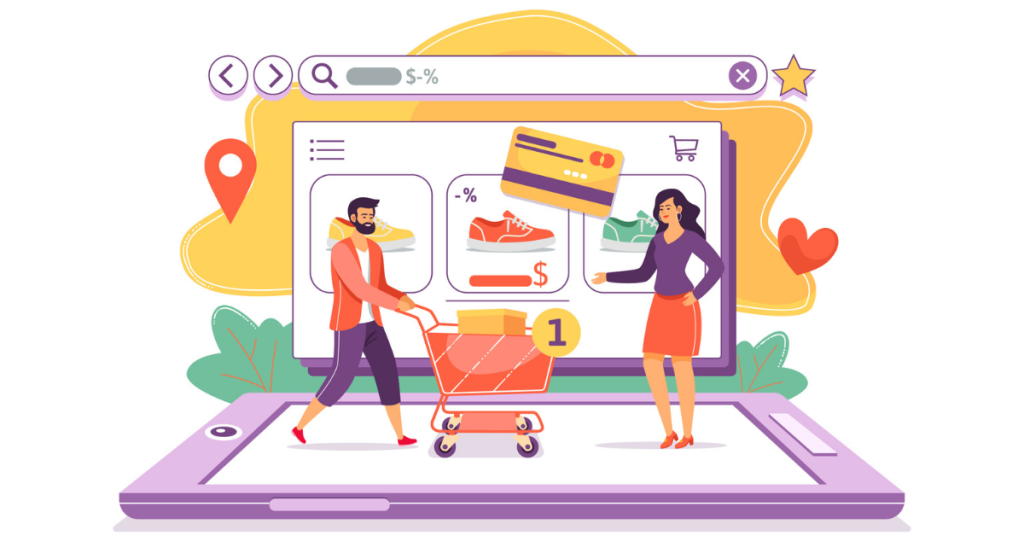
Why Modern Shoppers Expect More
Think about how people interact with digital platforms today. Every experience feels curated:
- Netflix recommends shows based on what you’ve already watched.
- Amazon highlights products tailored to your shopping history.
- Spotify builds playlists that match your mood and preferences.
Now compare that to an e-commerce site that shows 50 unrelated products on a single page. It feels outdated, impersonal, and frustrating. Worse, it positions your brand as behind the times compared to competitors delivering a modern, personalized experience.
The Rise of E-Commerce Sales Funnels
This is where sales funnels come in. Instead of throwing every product at the shopper at once, a funnel creates a step-by-step journey:
- Attract Attention – A targeted landing page speaks directly to a customer’s need or problem.
- Guide Decision-Making – Rather than overwhelming visitors with endless options, the funnel highlights one core product or a curated bundle.
- Upsell & Cross-Sell – After the initial purchase, related add-ons or upgrades are introduced at just the right time.
- Close the Sale – A seamless checkout process ensures fewer distractions and abandoned carts.
By focusing the customer’s attention, sales funnels reduce decision fatigue and increase the likelihood of a purchase. It’s the difference between wandering through a giant department store versus having a personal shopper guide you to exactly what you need.
What Makes an E-Commerce Sales Funnel Different
Unlike traditional online stores that simply display rows of products, an e-commerce sales funnel is designed to guide shoppers through a structured, step-by-step buying journey. Rather than leaving customers to figure everything out on their own, the funnel anticipates their needs and provides direction at every stage.
It begins by identifying customer needs, often through targeted landing pages, behavior tracking, or short quizzes that reveal pain points and preferences. Once the shopper’s intent is clear, the funnel presents the right solution, whether it’s a single product or a curated bundle, highlighting one compelling option instead of overwhelming them with endless choices.
From there, the focus shifts to building trust and overcoming doubts. Instead of rushing the sale, the funnel addresses key questions, showcases testimonials, and provides social proof to reassure hesitant buyers and ease the natural friction of purchasing online.
Finally, the journey leads to a streamlined checkout experience that removes distractions and helps customers feel confident in their decision. The end result is a smooth, personalized path to purchase that keeps momentum high while minimizing frustration.
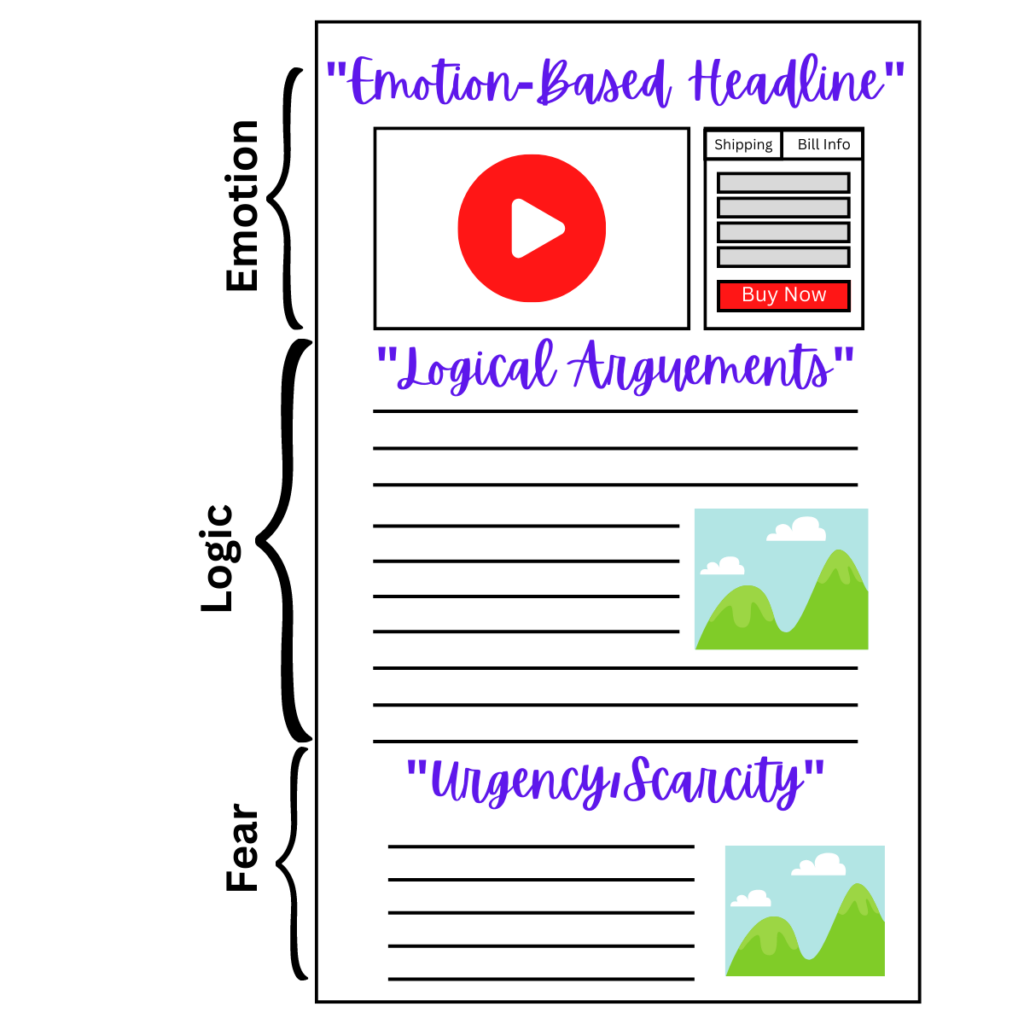
How Sales Funnels Reduce Cart Abandonment and Bounce Rates
One of the biggest challenges in e-commerce is cart abandonment. This is when shoppers add items to their cart but leave before completing the purchase. This often happens for a few key reasons: uncertainty about sizing or product fit, confusion over product features and benefits, unexpected costs at checkout, or a checkout process that feels complicated and time-consuming.
A well-built sales funnel addresses these issues before they become deal-breakers. Size and fit guides are introduced early in the journey to remove guesswork, while clear product explanations highlight value and answer common questions. Transparent pricing ensures there are no surprise costs, and a simplified checkout process keeps buyers focused on completing their purchase without unnecessary steps or distractions.
By removing these friction points upfront, sales funnels create an environment where customers feel informed, reassured, and ready to buy. The result is lower bounce rates, fewer abandoned carts, and a stronger overall conversion rate.
Why Sales Funnels Win With Mobile-First Shoppers
In today’s digital landscape, mobile traffic dominates e-commerce. Shoppers are no longer sitting at desktops browsing product categories; they’re scrolling on their phones in between tasks, while commuting, or from the comfort of their couch.
That shift changes everything about how online stores need to present their products.
- Funnels align perfectly with natural scrolling behavior. In fact, a sales funnel is designed to be consumed from top to bottom, with each section telling part of a larger story. As visitors continue scrolling, they move through a sequence of emotional triggers, product highlights, and confidence-building proof points, all of which ultimately guide them toward making a buying decision.
- Product grids fail on mobile. When grids compress into tiny thumbnails and long lists, the shopping experience becomes overwhelming and impersonal. Endless scrolling through small product images and cramped text is a guaranteed way to increase bounce rates.
For mobile shoppers, funnels feel intuitive because they match the way people already use their phones. Every swipe brings them closer to a solution, not further into confusion.
If your analytics show high bounce rates from mobile visitors, the culprit may not be your products. Instead, it may be your grid-based layout. Shifting to funnel-driven pages is often the quickest way to fix mobile engagement and conversions.
From Grid to Growth: Building a Funnel-Based E-Commerce Strategy
Transitioning from product grids to funnels doesn’t mean you need to tear down your entire online store. Instead, it’s about creating focused conversion paths that highlight your strongest offers.
Think of it as building a dedicated fast lane for your best-selling product or bundle, while your store backend continues to exist in the background.
Here’s a practical way to start building your first funnel:
- Craft a Compelling Landing Page
Begin with a bold headline and product promise that grabs attention immediately. This page should speak directly to your customer’s pain point or desire. - Showcase Benefits With Emotion
Move beyond features. Use persuasive copy and strong visuals to explain how the product makes life better, easier, or more enjoyable. - Build Belief With Proof
Incorporate video testimonials, user reviews, or risk-reducing guarantees. Social proof reassures hesitant buyers that others have had a positive experience. - Simplify Checkout
Remove distractions. Keep the checkout process fast, mobile-friendly, and friction-free. The fewer steps required, the better. - Maximize Value With Oe-Click Upsells
After the initial purchase, present an optional add-on or upgrade. Because the customer has already said “yes,” they’re more likely to accept an upsell without hurting the original conversion.
This funnel-first approach allows you to earn the sale before sending customers to your broader catalog. It gives shoppers a guided experience, builds trust in your brand, and generates immediate revenue growth.
Why Big Brands Are Quietly Switching to Sales Funnels
When online shopping first became mainstream, big brands were the leaders in pushing product grids and massive digital catalogs. For years, their strategy was simple: display everything and let customers decide. But if you look closely at how these brands run their marketing today, you’ll notice something has changed.
Many of the world’s most successful companies have quietly shifted toward funnel-based campaigns, and for good reason.
Take Apple as an example. If you see an iPhone ad on social media and click it, you’re not taken to Apple’s homepage full of iPads, Macs, and accessories. Instead, you land on a dedicated sales page focused solely on that iPhone model, complete with its features, benefits, and a clear call-to-action button.
This approach eliminates distractions. Instead of browsing and possibly drifting toward another product or leaving entirely, the customer’s attention stays on the item Apple wants to sell.
The benefits for big brands are huge:
- Higher ROI on ads – Every click is directed to a carefully optimized funnel, not a generic catalog page.
- Less wasted traffic – Shoppers aren’t lost in endless browsing loops.
- Better data for optimization – Funnels make it easy to A/B test headlines, offers, layouts, and even price points in real time.
Big brands know that funnels aren’t just for startups or small businesses. They’re the future of e-commerce marketing.
Final Thoughts: Funnels Are Essential in Today’s Market
In today’s digital world, where attention spans are shrinking and competition is fiercer than ever, sales funnels are no longer optional. They have become a core necessity for businesses that want to maximize conversions and grow revenue. Relying solely on static product grids means leaving sales on the table, while funnels create a clear, distraction-free path that leads customers toward purchase.
By guiding shoppers step by step, funnels help reduce bounce rates, minimize cart abandonment, and make paid advertising more effective. They also deliver the modern, mobile-first shopping experience that customers have come to expect. Smart businesses of all sizes are already making the switch, knowing that those who adapt early will capture more market share while others risk falling behind.
The real question is whether you’ll adopt funnels now and stay ahead or watch competitors seize the advantage first. This is the time to rethink your strategy. Start by testing a funnel for your best-selling product, measure the results, and see the impact firsthand. The brands that thrive in the next decade of e-commerce will be those that guide their customers with intention, not overwhelm them with options.

